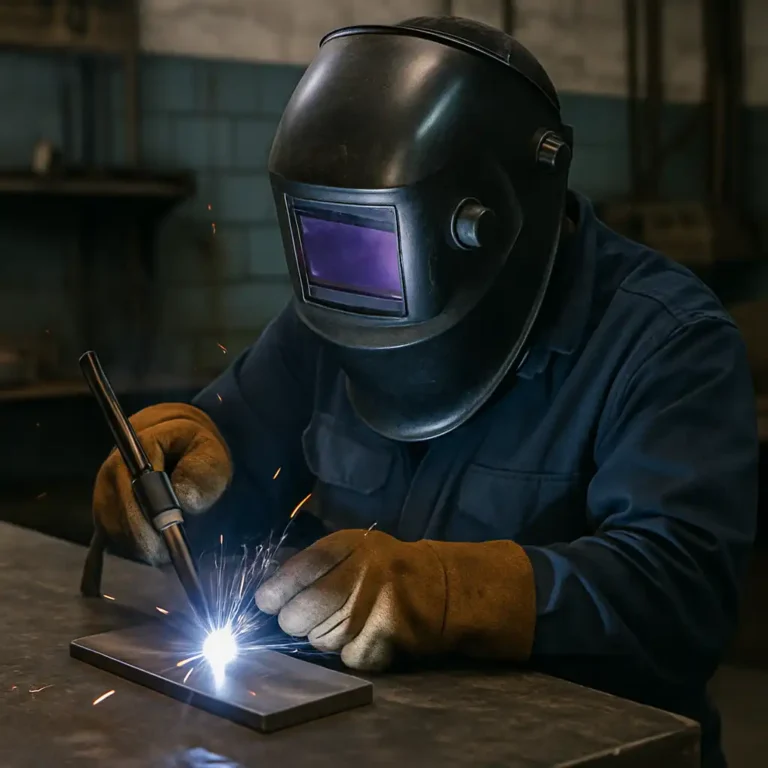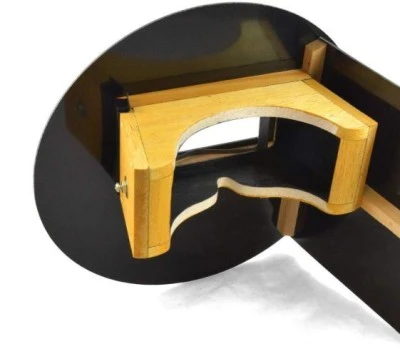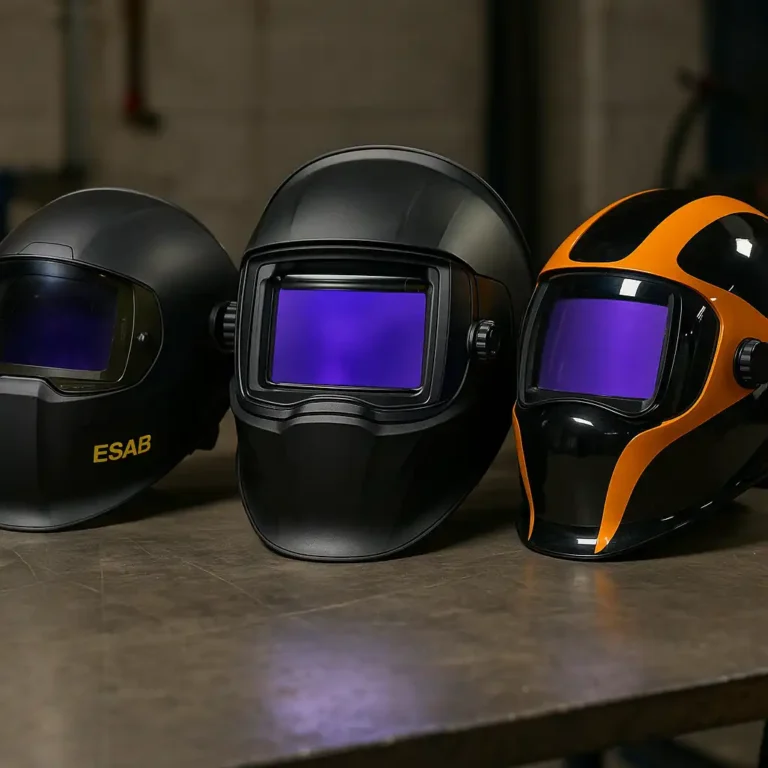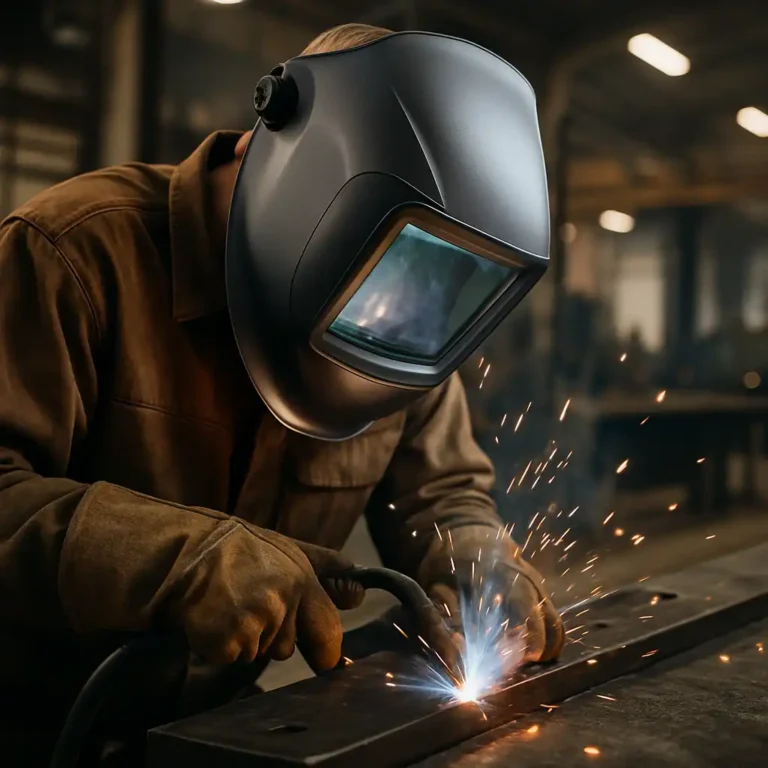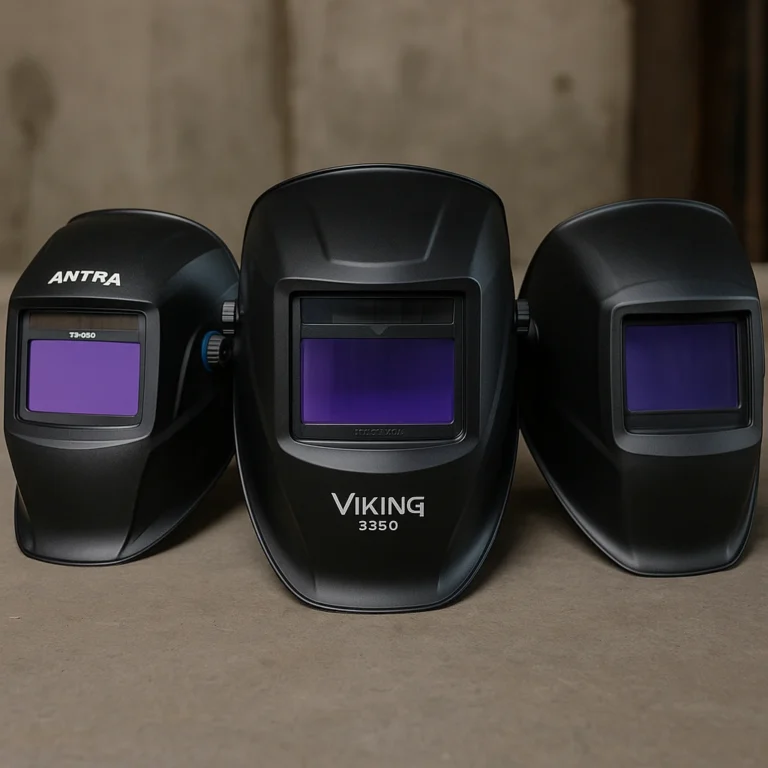Best Welding Helmet for the Money – Value Picks That Hold Up in the Shop

Disclosure: This post contains affiliate links. As an Amazon Associate, I earn from qualifying purchases—at no extra cost to you.
Last Updated: September 18, 2025
Your welding helmet is the one piece of gear you can’t afford to skimp on—but that doesn’t mean you need to overspend either. The best helmets for the money give you protection, comfort, and clear visibility while still fitting a reasonable budget. These three models stand out as smart buys that deliver real shop value.
👉 Check out our complete welding helmet guide for a breakdown of features, fit, and shop-tested picks.
💰 Check Price & Availability
View on Amazon – YESWELDER Auto Darkening Welding Helmet
View on Amazon – TRQWH Welding Helmet with True Color Lens
View on Amazon – Lincoln Electric VIKING 1740 Auto-Darkening Welding Helmet
📋 Quick-View Highlights
YESWELDER Auto Darkening Welding Helmet
👁️ 1/1/1/1 optical clarity
🌈 Wide shade range (3.5/9–13)
⚡ True Color lens for natural puddle view
🪖 Padded headgear for comfort
💲 Pro-level features at a mid-range price
TRQWH Welding Helmet with True Color Lens
🌟 Lightweight and simple to adjust
👓 True Color clarity for better visibility
🔋 Solar-powered with 2 arc sensors
⚙️ Good starter pick for DIY or light shop work
⚠️ Not built for heavy daily use
Lincoln Electric VIKING 1740 Auto-Darkening Welding Helmet
🔍 4C lens tech for sharp puddle detail
💡 Consistent auto-darkening, shade 9–13
🛡️ Rugged shell built for long-term shop use
⚖️ Balanced weight distribution
💲 Higher price but lasting value
🔍 Lens & Visibility
Clarity separates a good helmet from a frustrating one. The YESWELDER delivers 1/1/1/1 optics and a wide shade range, specs normally found on pricier models. TRQWH keeps costs down but still offers True Color for a more natural puddle view. Lincoln’s 1740 brings in its 4C lens tech, giving welders crisp detail and consistent auto-darkening across processes.
👉 Learn more in our guide on what an auto-darkening welding helmet is and how it improves clarity on the job.
🔍 Comfort & Fit
A helmet that pinches or slips will ruin your day. The YESWELDER’s padded headgear makes long sessions easier, while TRQWH is lightweight and simple to adjust. Lincoln’s 1740 is built heavier, but its balance spreads the weight so you can wear it for hours without strain.
🔍 Durability & Build Quality
Shops are rough on gear. The YESWELDER holds up well with a tough shell and solid lens housing. TRQWH isn’t designed for daily pro use, but it’s dependable for light projects and weekend welding. Lincoln’s 1740 has the edge on durability—it’s built to take years of sparks, bumps, and heat without giving up.
🔍 Value for Welders
Value means features that matter at a price that makes sense. The YESWELDER offers pro-level clarity for an affordable cost. TRQWH is a strong starter pick for welders who need reliability without extras. Lincoln’s 1740 runs higher, but the long-term build and consistent performance make it worth every dollar if you’re in the hood often.
📦 YESWELDER Auto Darkening Welding Helmet
YESWELDER gives welders top clarity with True Color and 1/1/1/1 optics. It’s versatile across MIG, TIG, and stick, and the wide shade range makes it easy to dial in. For welders who want professional features without paying premium prices, it’s a strong all-around choice.
📦 TRQWH Welding Helmet with True Color Lens
This helmet delivers the essentials: auto-darkening, shade adjustment, and a lightweight build that’s easy to wear. It may not have the longest lifespan, but for beginners or welders running occasional projects, it’s hard to beat the value here.
📦 Lincoln Electric VIKING 1740 Auto-Darkening Welding Helmet
Lincoln’s 1740 brings proven durability with sharp puddle visibility from its 4C lens tech. The auto-darkening reacts quickly and stays consistent. For welders who spend a lot of time under the hood, this helmet is a dependable long-term investment.
📌 Key Takeaways
- The best helmet for the money balances safety, clarity, and comfort—not just price.
- YESWELDER and TRQWH are strong options for new welders and DIY use.
- Lincoln’s 1740 is built for long-term shop work and pays off over time.
🟢 FAQs
Q: What makes a welding helmet “worth the money”?
A: A helmet earns its value when it protects your eyes, gives you a clear puddle view, and stays comfortable without overcharging for extras.
Q: Can an affordable helmet still protect well?
A: Yes. As long as it meets ANSI standards and reacts quickly, even lower-cost helmets provide solid protection.
Q: How long should a value-for-money helmet last?
A: With proper care, mid-range helmets last several years. Premium models go further, but regular upkeep—like swapping lenses and tightening straps—matters most.
✅ Conclusion
The best welding helmet for the money isn’t about the cheapest price tag—it’s about real-world value. From the starter-friendly TRQWH to the well-rounded YESWELDER and the shop-tough Lincoln 1740, these helmets prove you can weld safe, comfortable, and clear without overspending.

